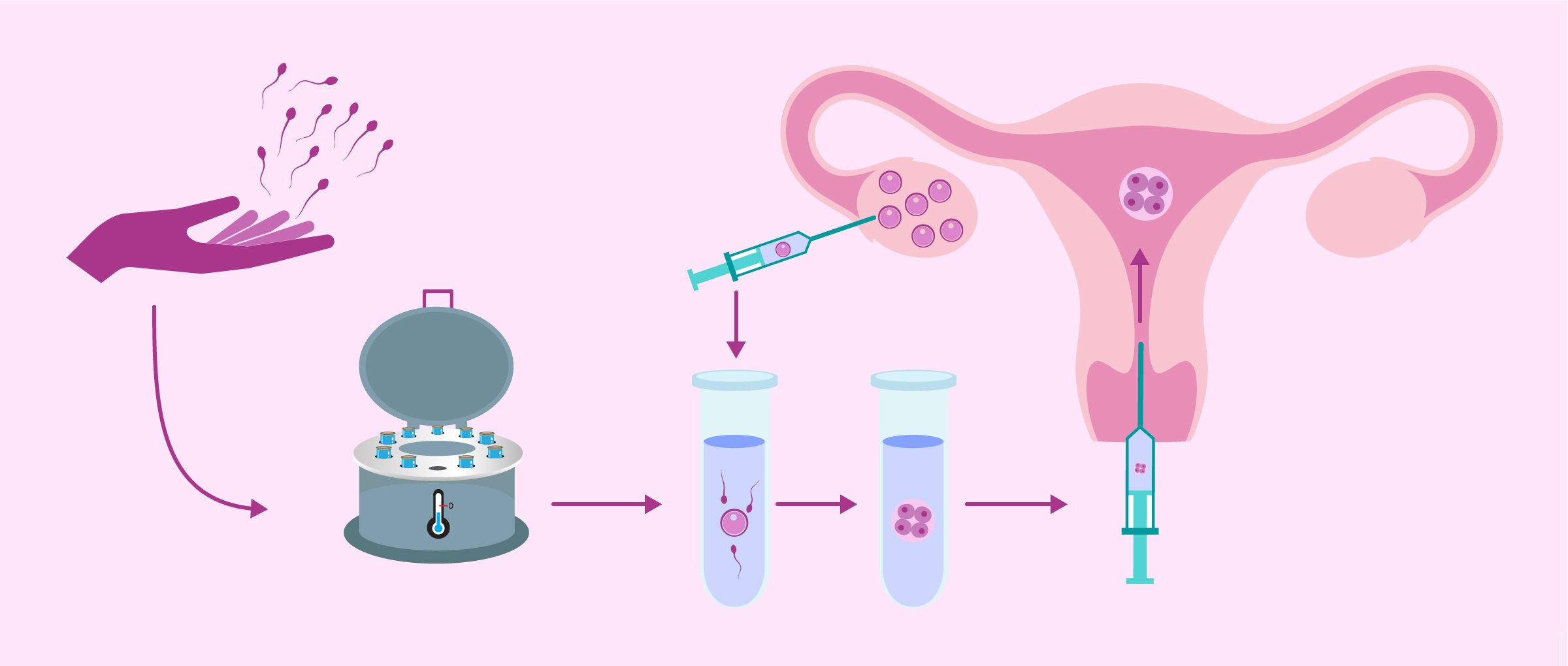Embryo Transfer
Transferring a fertilized embryo to a woman’s uterus is an important part of the in vitro fertilization process
Embryo transfer is the final step of IVF and involves placing one / two or maximum three healthy embryos in uterine cavity under ultrasound guidance.
The process is usually pain free and does not require anaesthesia and is done with partial full bladder. The doctor will insert a speculum into the woman’s vagina to keep the vaginal walls open.Using ultrasound for accuracy, the doctor will then pass a catheter through the cervix and into the womb. From there, the embryos are passed through the tube and into the womb.After the procedure patient lies down for 10 to 15 mins on the table and after that resume’s light normal activity. Patient is prescribed luteal cy luteal supporting medications for about 14 days.
After the embryo transfer
A follow-up appointment 2 weeks later ( 12th to 14th day after embryo transfer to check Serum Beta – HCG ) Following positive test medication are continued further.
Once fertilization has occurred, there are a few different options available for embryo transfer:
Fresh embryo transfer: Once eggs have been fertilized, they are cultured for 1-2 days. The best embryos are chosen to transfer directly to the woman’s uterus following Ovum pickup in same cycle
Frozen embryo transfer (FET ) : Any healthy embryos that were not used in the first transfer can be frozen and stored for future use. These can be thawed and transferred to the uterus.
Blastocyst embryo transfer: If many healthy embryos develop after the fertilization, it is common to wait to see if the embryos develop into blastocysts. blastocyst embryo transfer has a higher success rate than the standard embryo transfer on day 3.
Assisted hatching (AH): the process of assisted hatching – weakening the outer layer of the embryo before it is transferred to the uterus – does not improve pregnancy and implantation rates in women who are having fresh embryos transferred. The researchers noted, however, that women having frozen embryos implanted do benefit from having their embryos treated in this way.

